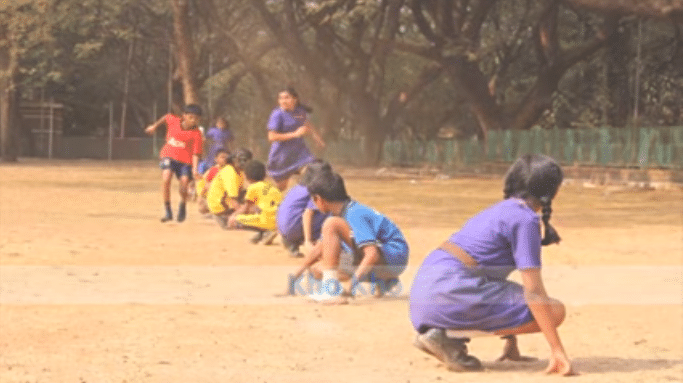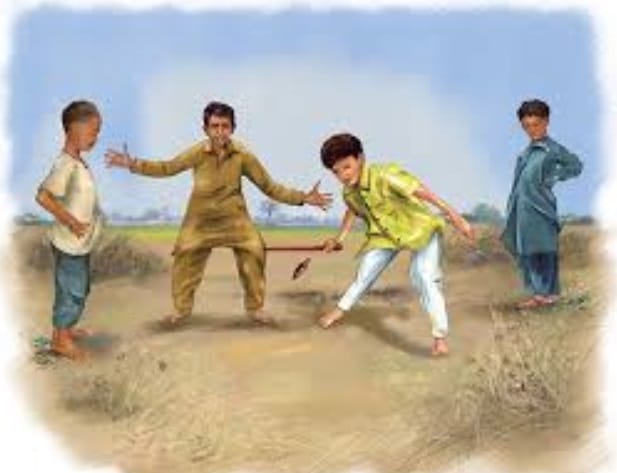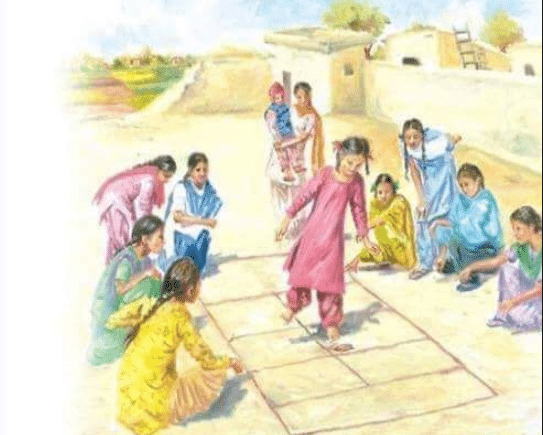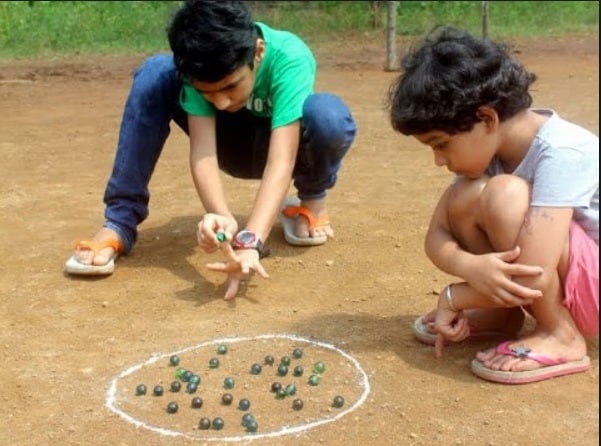While the internet generation strongly feels that being hooked on Smartphones is an interesting way to engage themselves, what they don’t know is how addictive the spirit of adventure is. Put your thoughts to rest, this is exactly where the traditional outdoor games come into the picture.
Positive and holistic development of a child or an adolescent is of utmost importance and therefore one needs to delve deep and work on the solutions that can secure the emotional and physical health of children.
Not busy, go easy
Parents, listen to this! Providing your children with electronic gadgets because of your busy life is not the end of your duty. Rather, you will end up doing more harm than good to your children. The changing needs of the urban population in India have affected both the emotional health and physical well being of the children.
Digital divide
If we look at the issue on a broader scale we will hit upon the crucial fact that technology creates and contributes to the digital divide in a society and it is much worse than previously thought. It creates discrimination, class divide and intolerance as well and further restricts a child to grow in an emotionally healthy environment. When children, in particular, maintain class difference, equality takes back seat, which is the sign of a dying society. Therefore there is a need to mitigate the harms as well as maximize the benefits that come with technology.
Look back a bit and you will find traditional outdoor games in India are way more beneficial than you previously thought for the mental and physical growth of the children. When Indians in particular proudly talk about their country’s heritage- they are not mere words, they are feelings spoken out of the experience.
Well, sad but true- the coming generation will read about these traditional games in the pages of history books as they are on the verge of extinction but you got to know about these games that can help you to enjoy and experience life at its best!
1. Lagori
This is a team game and is also known as Pithoo, Ezhu Kallu, Saat Patha, Lingocha, Sitoliya, Dabba Kal, etc. There are two teams- the seeker and the hitter. Each team has at least 3 players. In the center of a small circle, the stones are arranged in ascending order, the smallest being on the top. Both the teams are given 3 chances to dislodge the stone piles with a softball.
Benefits: The game develops bonding through interaction among children. Further, it teaches aiming skills and building strategies. They learn to compete as well as cooperate in a completely healthy environment.
2. Kho-Kho

This game has originated in the state of Maharashtra. During ancient time, this game was played on ‘raths’ or chariots and was known as Rathera. With chasing and running turns of 7 minutes each, this game has 2 innings.
Benefits: This game helps one to develop important qualities such as discipline and loyalty. Further, due to body movements, it contributes to the physical well-being as well.
3. Gilli Danda (Tipcat)

This game is popular in rural India and usually played by children aged 4-8 years and above. The scoring method is quite simple. This is more like a cricket, except instead of ball and bat, there is ‘Gilli’ and ‘danda’. ‘Gilli’ is a small oval-shaped piece of wood and ‘danda’ means a long wooden stick.
Benefits: This game helps the child to develop cognitive behavior and helps in building concentration power.
4. Stapoo (Hopscotch)

This game usually involves children from the age group of 6 -12. Usually, 3-5 players are involved and the game is known by numerous names like Tikkar Billa, Chhipri, Kith Kith, etc. A flat ground and a small flat stone are all you need to play this game. The grid is drawn on the ground with chalk and on the sand, it is drawn with a stick. Within the grid, squares are drawn and are numbered. The players have to hop as per the sequence.
Benefits: Children learn and develop coordination and a sense of balance and introduce one to necessary social skills needed to handle argument or dispute through negotiation.
5. Aankh Micholi (Hide and Seek)

This group game is usually enjoyed by children aged 5-12 years. One of the players is blindfolded with a piece of cloth. The players scatter around in the open space so that they do not get caught by the ‘denner’. To give hints for the direction, the players make sounds as well.
Benefits: It helps children to hone their sensory skills. Also, it prepares a child to be alert in unusual circumstances and also helps them develop tactical sense.
6. Saakli or Vish Amrit (Lock and Key)

One of the popular traditional games in which the ‘denner’ has to catch other players and infect him with ‘vish’ or poison (verbally). As the rule demands, the infected person cannot move until one of the other players touches him and gives him ‘amrut’.
Benefits: This game, too, helps children to be alert and aware of the situation he/she is in. Further, it helps one to socialize in a healthy environment.
7. Goti or Kanche (Marbles)

The charm of the game appeals to people of all ages. The rule of the game says a circle measuring 2-3 feet in diameter is to be drawn with a stone or stick in the ground. Each player has 2 marbles and these are collected at the center of the circle. From 3 feet away, the players try to throw their marbles in the hole.
Benefits: From motor skills to mathematical skills, this game can benefit a child in numerous ways. It further improves concentration also helps them to socialize.
8. Kokla Chapaki

Usually practiced in the streets of Punjab, this game is usually played by kids aged 4-8 years. Keep a small piece of cloth handy and it will be enough to play this game. While the players sit in the ground, the ‘seeker’ moves or runs around the circle singing a phrase “Kokla Chapaki Jumeraat aayi aye jera agge pichey wekhey ohdi shamat aayi aye.” It is on the other players’ part to stay alert and check whether the seeker had dropped the piece of cloth behind any one of them. The player then chases the seeker to secure her place and not get tagged.
Benefits: This game helps to improve the child’s fitness levels and observation power. This is also a great way to socialize and have fun.
Let’s take a sneak peek at the state of mental health of the children-
Last year in April, World Health Organisation (WHO) came out with a report that said- one in four children in the age group of 13-15 years in India suffer from depression, which affects 86 million people in South-East Asia region.
Further, the report added that the total population of India was 1,311.1 million, of which, adolescent (13-15 years) population was 75.5 million, which is 5.8 percent of total population. Of that, 39.8 million were boys and 35.7 million girls.
These games teach us one very simple yet important rule of life- to be physically immersive and to develop narratives of a kind which is absolutely not possible while sitting and staring at a screen.


